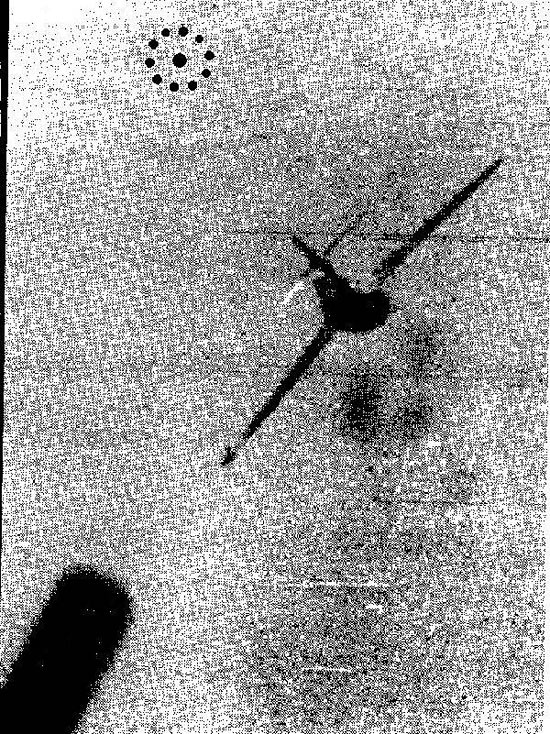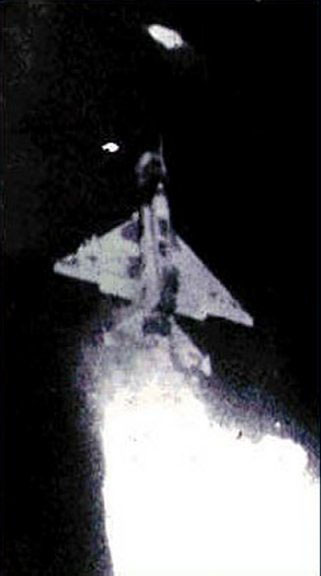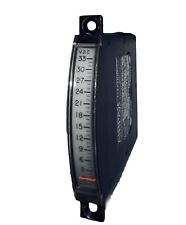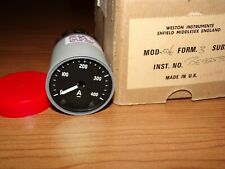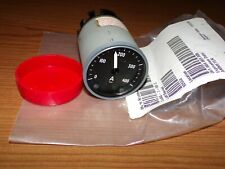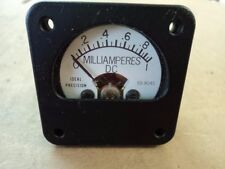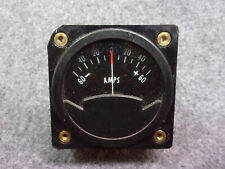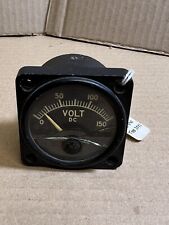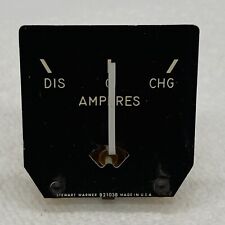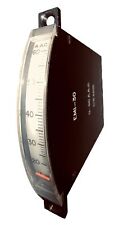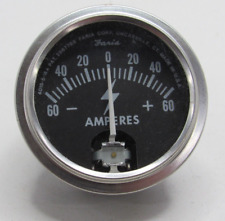Fixed Sight Tracking Shot
Determining Target Range
We’ve hit the concept of stadiametric ranging pretty hard so far. This will be your method of determining range in your sim, but there is one little problem. Few, if any, of our sims will tell us what the reticle or ring diameter is in mils, and if we do not know this, then computing target range is going to inexact at best. As a substitute, try this. For a fighter sized target, do not open fire until the target is at least one half the size of the reticle diameter. Cease fire when the target wingspan exceeds the reticle diameter.

There are two main problems to solve in this type of gun attack…getting into the target’s plane of motion and predicting the correct lead angle (the open fire point).
Determining Target Plane Of Motion
We do this by first considering the amount of G that we are going to use to track the target…low G or high G. In either case, there are target, HUD, and gunsight cues to help you.
Look first at the target. Imagine a line extending from the target’s tail, through his nose, and out to the front. Think of this line as the target’s flight path…his plane of motion. You want to get your bullet stream on this line. Now visualize a line extending through the target’s wing. Call this the target’s wingline. We’ll use this line to represent target bank angle.

Pulling your pipper out in front of the target is not all that hard. Keeping it there is another matter. Here are the cockpit cues to make this a little easier. The key to success lies in your ability to match the target’s angle of bank. We do that by aligning our wingline with the target wingline.

For low G situations, use your cockpit structure to define your wingline. Some gunsights have a tab at the 3 and 9 o’clock position on the sight reticle. You can also use the top of the HUD to approximate your wingline. You want to align these references with the target’s wingline. It looks like this.

For high G situations, use the 6/12 o’clock tabs if available. If not, other usable visual cues include having the top of the HUD perpendicular to the target’s fuselage line or using the sides of the HUD to line up with the target’s fuselage.



